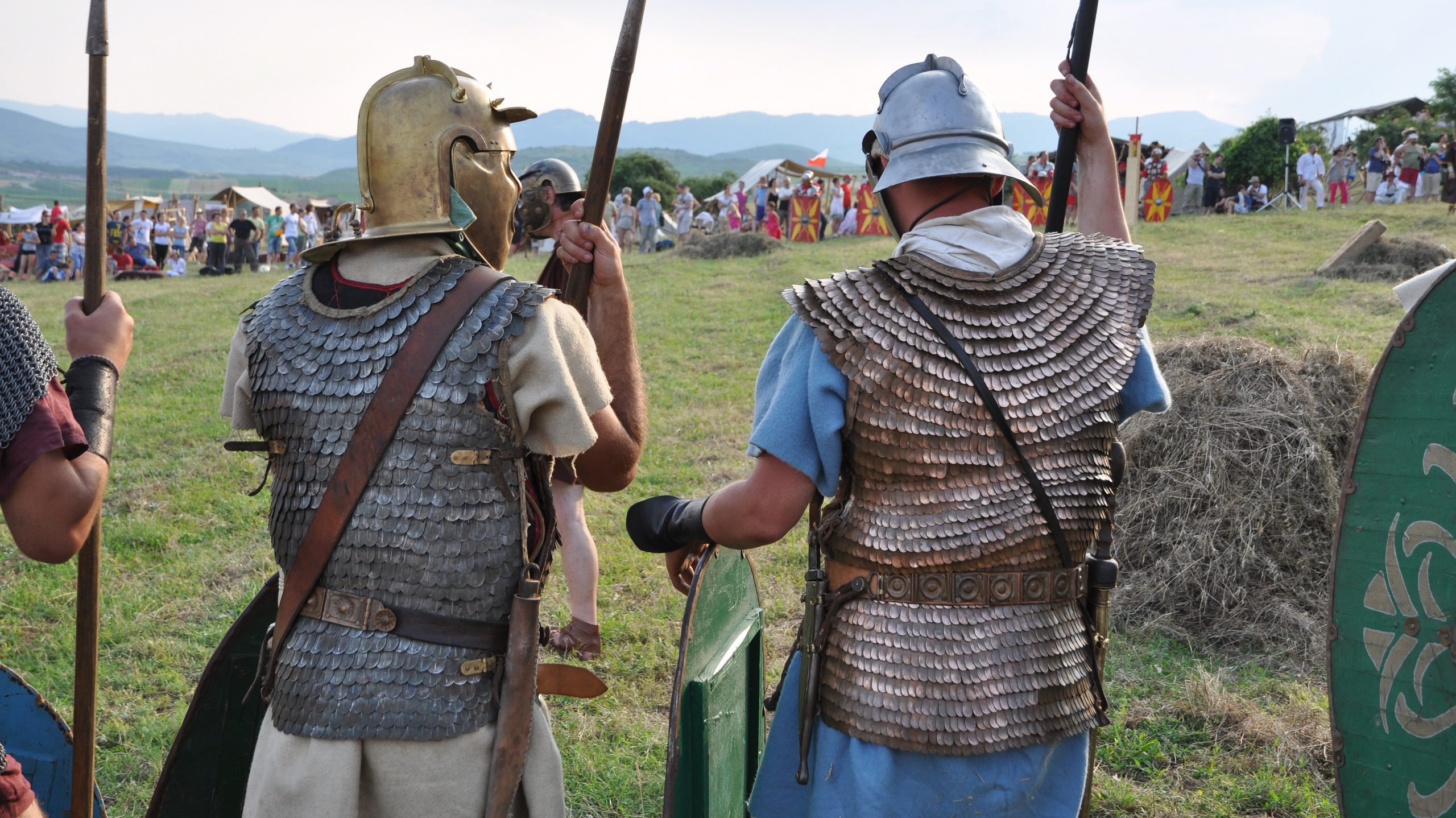Saudi Arabia Discovers 2nd-, 3rd-century Artifacts on Farasan Island
A joint Saudi-French archaeological team unearthed artifacts dating to the second and third centuries CE, on Farasan Island, in the Red Sea, the Saudi Heritage Commission announced on Thursday.
This holiday season, give to:
Truth and understanding
The Media Line's intrepid correspondents are in Israel, Gaza, Lebanon, Syria and Pakistan providing first-person reporting.
They all said they cover it.
We see it.
We report with just one agenda: the truth.


The team unveiled rare pieces, including a Roman folded armor made of copper ingots, and another kind of armor known as “Lorica Squamata,” which was frequently used in the Roman Empire between the first and third centuries CE. The discoveries also included an inscription of garnet for “Genos,” a famous Roman figure, according to the official Saudi Press Agency, in addition to the head of a small stone statue.
The excavation began with reconnaissance and exploratory trips to Farasan Island in 2005; archaeological surveys on the island started in 2011. Several architectural and archaeological discoveries made on the island between 2011 and 2020 show that the sites date back to almost 1400 BCE.

